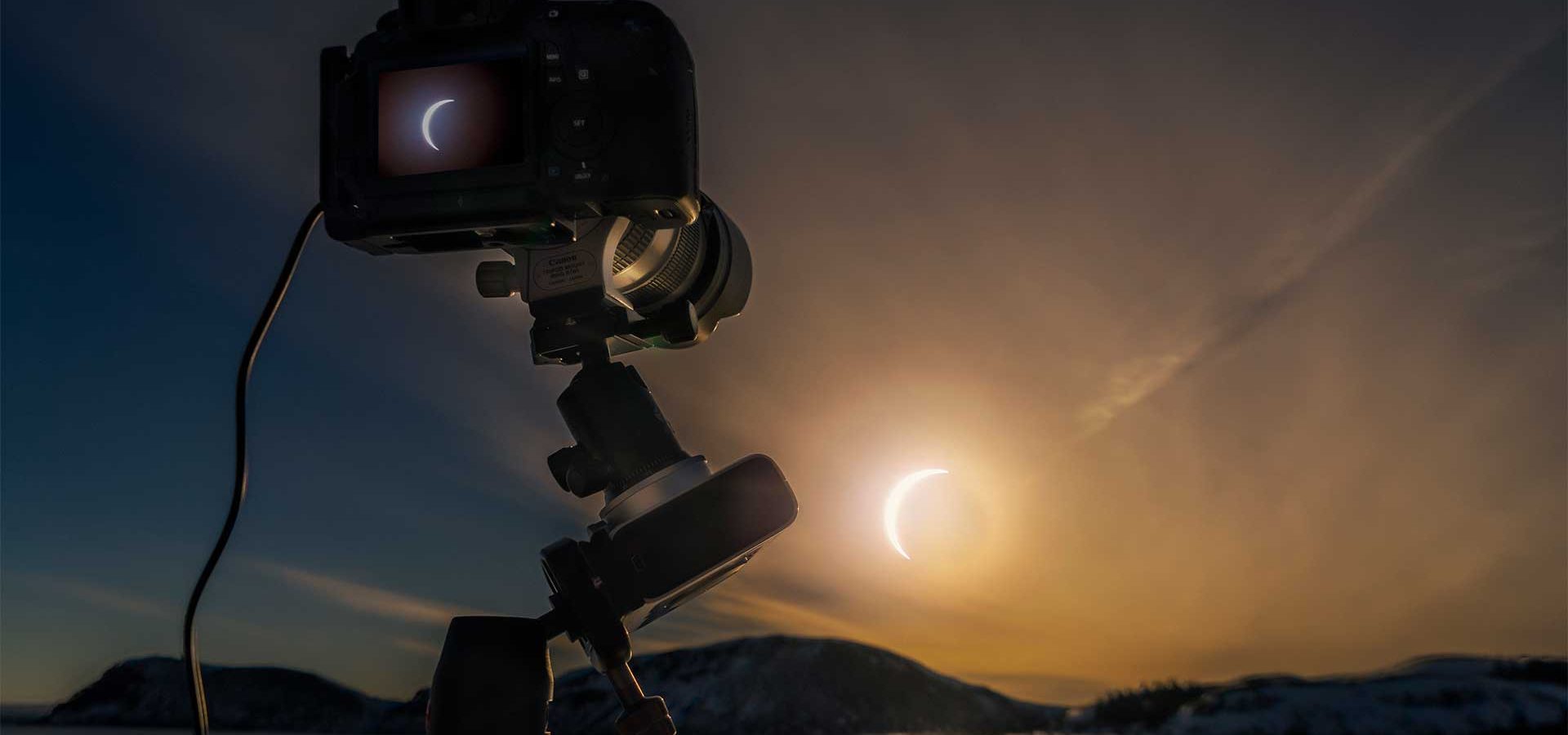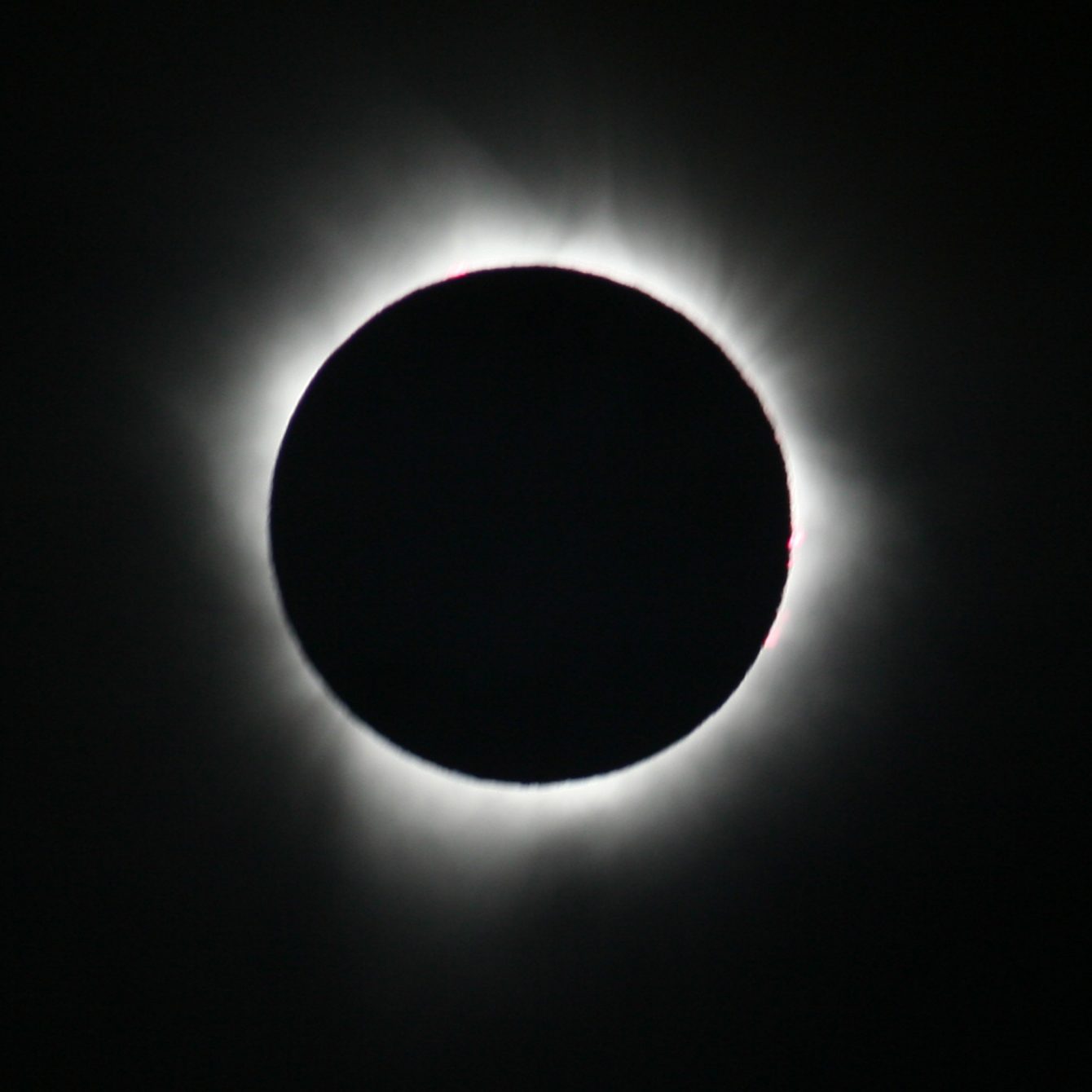
Download This Nifty App to Preview Your California View of Monday’s Solar Eclipse
Thanks to NASA, we’ve got a total eclipse of the heart.
-
CategoryExperiences
Great news! On Monday August 21, the US will get an exclusive total solar eclipse that will span the Oregon Coast to the Carolinas. The bad news: It will be only a partial one here in California. BUT, don’t let that prevent you from getting some viewing shades and heading outside for this incredible celestial event.
NASA is offering an interactive, web-based 3-D simulation you can click anywhere on the Earth to preview your view of eclipse. This will work in the web browser on your desktop, laptop, as well as newer tablets and phones, either in iOS or Android. Just launch the website, click “Enter,” and away you go. You can find the download here.

Once you enter the site, first see the Earth, with the shadow of the moon on it. The largest circle is the part of the moon’s shadow called the penumbra, which will partially block the sun. The tiniest circle along the thin line in the center is called the umbra, and it is the only location where you can see a total eclipse of the sun. Click and drag on the Earth to move it around, or zoom in with your mouse to get close to the surface. You can simply click on any location to see an inset of the sun, and it will show how much the moon will block it during the eclipse. You can click and drag inside the inset window to change the time, or use the vertical time bar on the right side of the screen to go forward and backward over the three-hour and 12-minute time frame that the eclipse happens in North America.

You can click on the “plus” button at the bottom of the screen and type in any city you want, and add it to the list of cities, like adding a bookmark. Then you can easily switch between various locations. The simulation is pre-loaded with the views for Kansas City, Los Angeles and Miami.
Next to the cities list is an icon of the Earth. Click on it to select alternate views, like the perspective from behind the far side of the moon, or have a look at the entire Earth/Moon/Sun system over two years to see why eclipses don’t happen frequently.
A total eclipse of the sun is one of the most awe-inspiring natural phenomena in the world, so be sure to make your plans to see it well in advance!
The Archive of One of Los Angeles’ Most Important African-American Architects Finds a New Home
The extensive collection was thought to be lost in a building fire.
A Soundtrack for Your 101 Freeway Commute
“Pouring music down the canyon … Coloring the sunshine hours.”



















